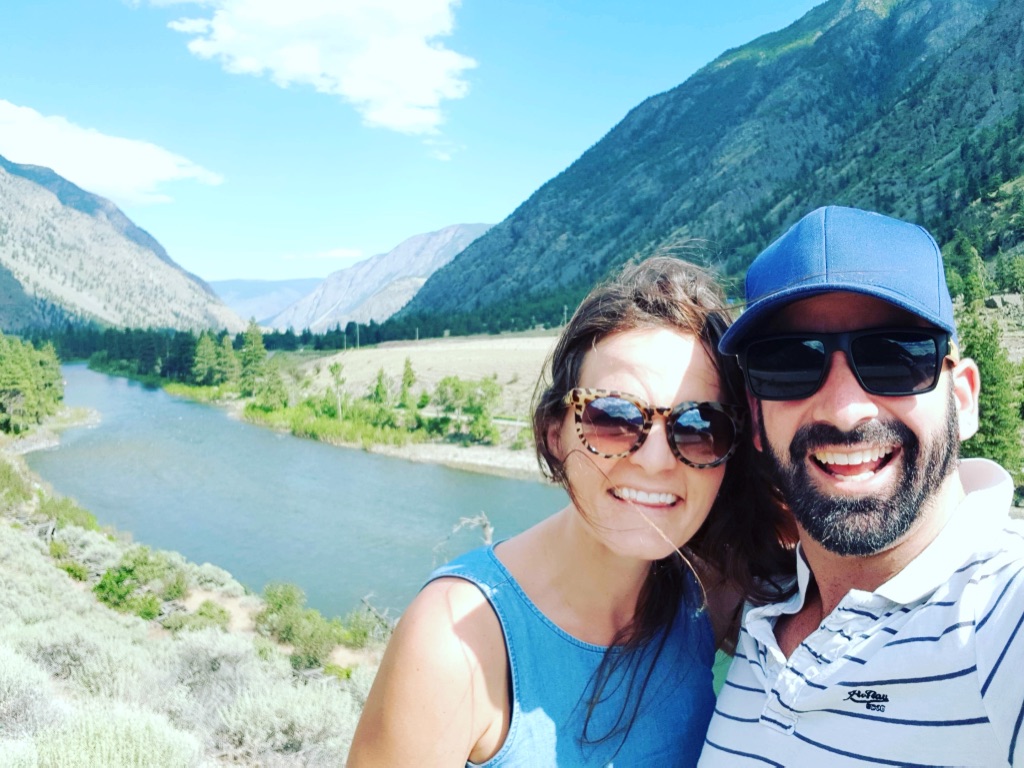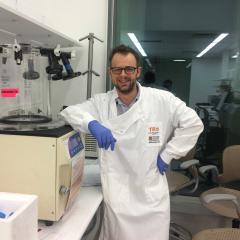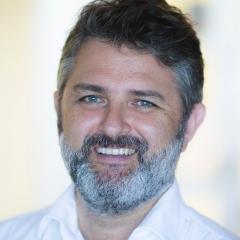Hailing from Canada, Dr Taylor Dick joined UQ in October 2017, lured by the opportunity to combine basic science and clinical research with teaching.
“If you told me 10 years ago that I would be living and working on the opposite side of the world in a decade, I wouldn’t have believed you,” Taylor explains. “During my PhD I received a grant to conduct a research project in Biological Sciences at UQ for 2 months and I loved everything about it – the campus, the people and the resources available to academics.
“During my post-doc in the USA I saw a position advertised and I applied, knowing that I would have the opportunity to do what I love at an internationally recognised university.
“This was my dream and I was fortunate to be offered the job, so here I am.”
As a lecturer and researcher within the School of Biomedical Sciences (SBMS), Taylor’s job is somewhat removed from her childhood dreams of becoming a Sports Medicine physician.
“I was all set to study medicine, but in the final year of my undergraduate degree I reluctantly applied for a summer research scholarship.
“It took about three weeks in the lab for me to realise that I’d found my passion. I was hooked! I retracted my medical school application and began my PhD two months later.
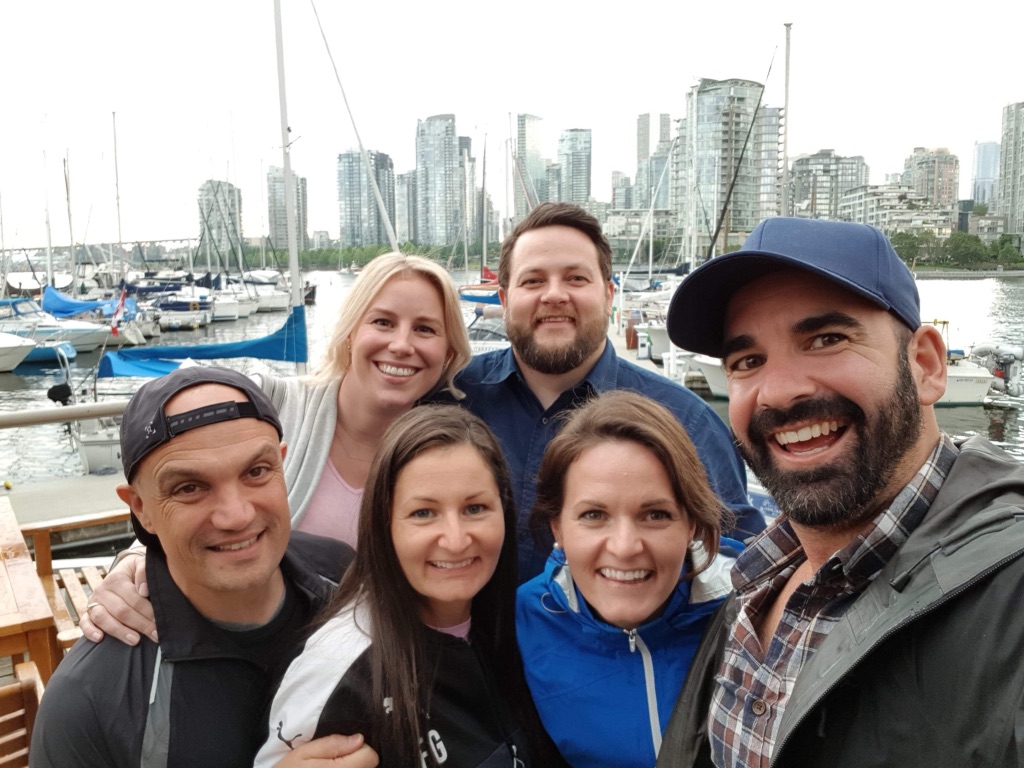
With her research currently focused on neuromuscular biomechanics, Taylor studies fundamental mechanisms of the neuromuscular system and how this contributes to healthy and pathological movement. This will form the basis for proposing clinical tools used to aid in mobility loss or injury prevention.
“We are interested in determining what happens to our muscles, and the way our brain chooses to activate them as a result of ageing, obesity, or neuromuscular disease.
“My research is trying to better understand what happens when things go wrong or start to wear down, either from disease or ageing.
“We can use this knowledge to develop treatments, clinical tools, and even guide the design of wearable assistive devices for those with movement disorders and neuromuscular diseases.”
“The overarching aim of my research is to improve mobility in those with deficits. The imaging technologies we are developing in the lab have direct implications for a clinical setting to evaluate the severity of neuromuscular pathologies and to provide a scientific basis for treatment planning in those with neuromuscular disorders, such as motor neurone disease, stroke, and ageing.
“I want to allow everyone to move in their daily life with ease and safety,” Taylor says.
For Taylor, giving back to others through teaching is equally as important as her research.
“I only found my way into a career in academia because a couple of really amazing professors in my undergraduate degree inspired me. So I enjoy teaching in hopes that I can have the same impact on my students and help to influence their career paths or decisions.”
“I love that I have a job where I get to learn something new every day. Whether it’s something I read, something my students teach me, or something we discover in the lab – it’s one of my favourite things about being a researcher.
“It’s also wonderful that I’ve chosen a career that allows me to explore the world.
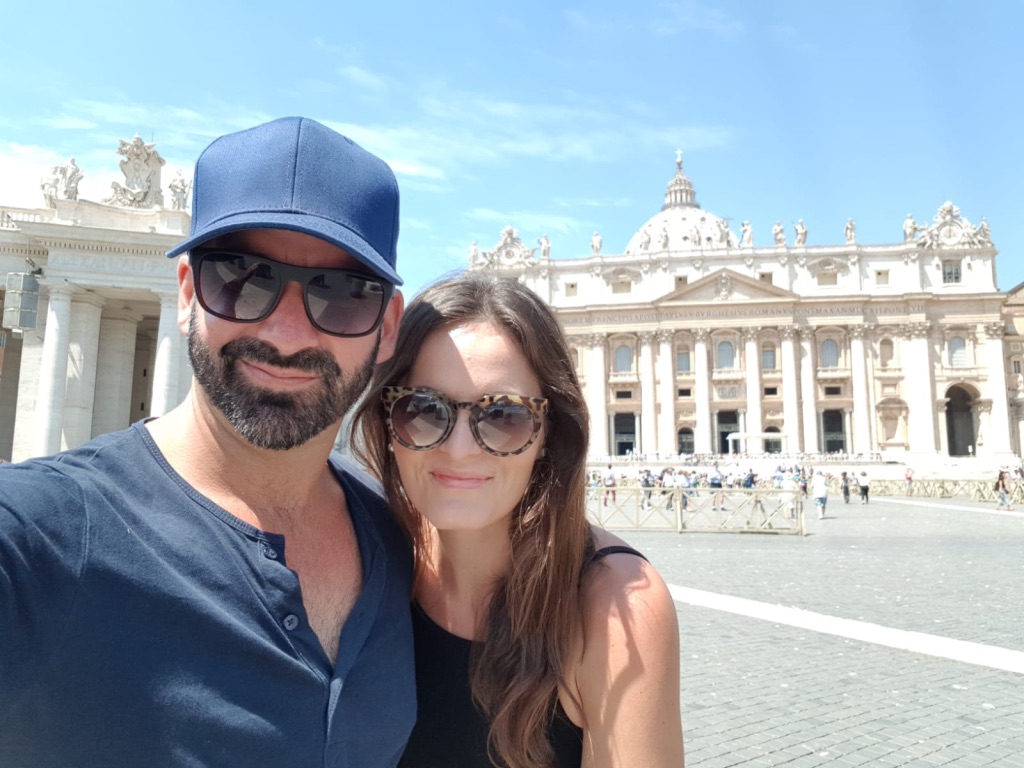
“I grew up in a small town in Canada, where sports and outdoor activities consumed our daily lives – hence I love hiking, canoeing, and exploring the outdoors.
“Some of my best scientific ideas come to me while spending time outdoors rather than in the lab and since moving to Australia, I find that these ideas often appear when I’m cycling to work, jogging at the beach, or even scuba diving .
“My partner is a comparative biomechanist – he studies the wild and the wonderful ways in which animals (mostly lizards, koalas, quolls and insects) move. We often spend time in remote areas of Australia studying these animals together.
“Since we both like to apply physics to biological systems, there’s lots of overlap in our current research programs. This always makes for some fun conversations over dinner!”
